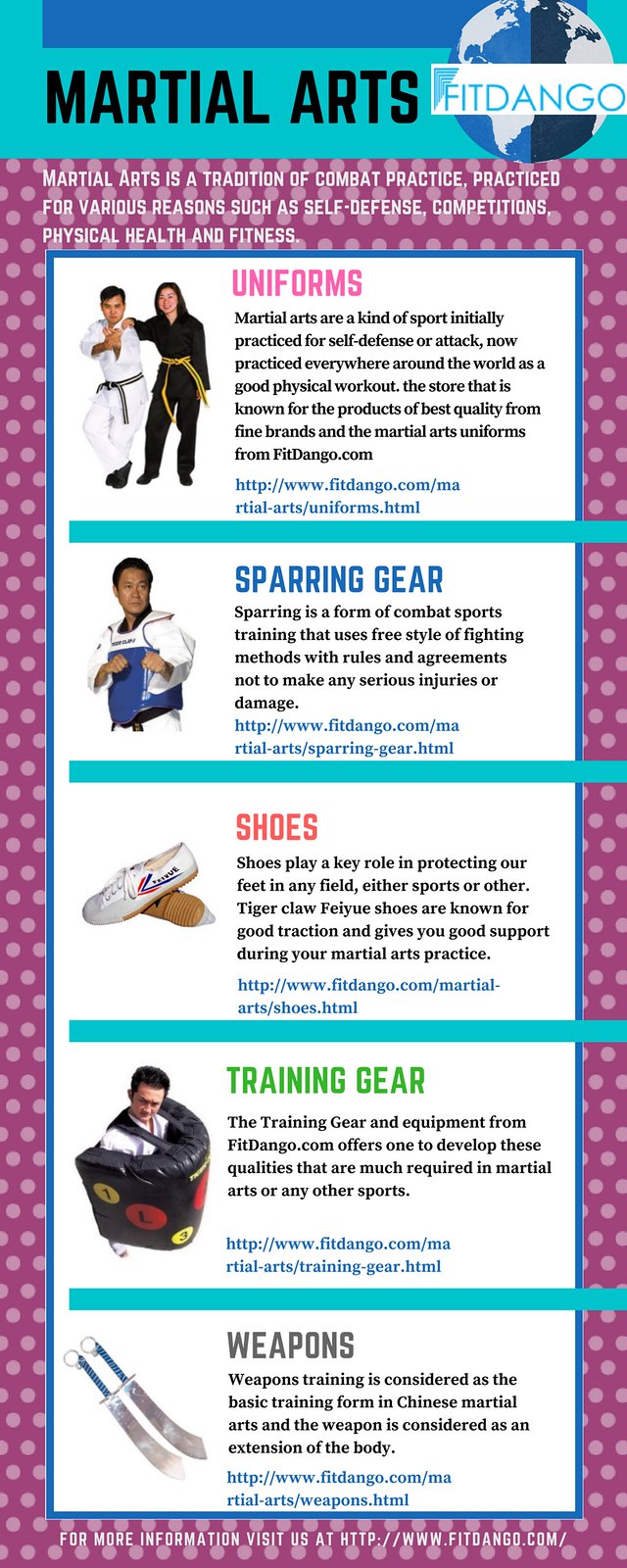Martial arts have an interesting background that spans centuries and continents. You could discover it fascinating just how ancient techniques like Shuai Jiao and Kalaripayattu laid the groundwork for modern battle methods. These techniques not just highlight physical skills yet also mirror the societies that birthed them. As you explore their advancement, consider just how globalization has actually transformed these typical forms into crossbreed styles. What influences do you think have formed today's martial arts landscape?
Ancient Martial arts: The Foundations of Combat
As you look into the world of old martial arts, you'll uncover the abundant foundations that formed fight strategies across societies. Early methods focused on Self-Defense and survival, frequently integrating strikes, hurting, and weaponry.
In old China, as an example, strategies like Shuai Jiao stressed throws and joint locks, while India's Kalaripayattu showcased dexterity and fluid movement. Japanese samurai developed Kenjutsu, a polished swordsmanship that highlighted technique and approach.
These martial arts served not just for battle but additionally as a means of individual advancement, instilling values like regard and perseverance. The blending of these methods gradually laid the groundwork for the varied martial arts you see today, each reflecting the special viewpoints and requirements of its society.
The Social Influence on Martial Arts Advancement
While martial arts often reflect the practical needs of a society, they likewise personify the social worths and beliefs of their beginnings. When you explore various martial arts, you'll observe exactly how they're affected by faith, viewpoint, and social norms.
For example, the focus on respect and discipline in Japanese martial arts stems from Zen Buddhism and samurai society. On the other hand, Brazilian Jiu-Jitsu promotes adaptability and strategy, formed by the need for performance in a diverse, multicultural atmosphere.
over here may find that the routines, attires, and training techniques reflect a neighborhood's history and identity. By comprehending these cultural influences, you grow your gratitude of martial arts and their role in shaping human experiences across the globe.
Modern Adaptations and the Globalization of Martial arts
Martial arts have changed substantially in recent decades, adjusting to contemporary culture and international influences. You'll discover that conventional forms have blended with modern-day strategies, developing hybrid styles like mixed martial arts. These adjustments accommodate varied target markets, making martial arts easily accessible and attractive globally.
With martial arts movie of social media and digital platforms, you can locate tutorials and competitions from all corners of the globe, damaging geographical barriers. This globalization has brought about a shared admiration for numerous self-controls, from Brazilian Jiu-Jitsu to Taekwondo.
As you engage with these arts, you'll realize they're not practically fight; they promote fitness, self-control, and mental well-being.
Eventually, modern adaptations have actually enhanced the martial arts landscape, making it a dynamic and evolving method.
Final thought
In discovering the history and evolution of martial arts, you reveal a fascinating mix of strategies, cultures, and ideologies. From ancient disciplines like Shuai Jiao and Kalaripayattu to the modern-day flexibility seen in mixed martial arts, martial arts mirror humankind's mission for Self-Defense and individual growth. As hop over to this site engage with these methods, you not only obtain skills however additionally a deeper admiration for the diverse traditions that form our globe today. So, proceed your trip and accept the art of fight!
